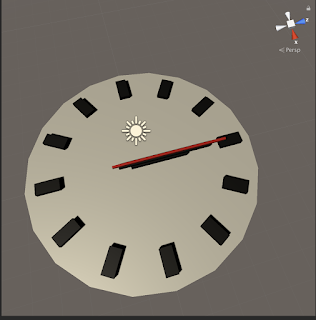Last week I wrote that I may change the proposed mascot character in the animated explainer video to cut out the need for a walk animation. I was unsure whether I would be able to create a walk cycle animation that would be suitable for use in the timeframe given. After some more research, I may have figured out a way of creating a walking animation that does not take up too much time, and produces a good result.
Duik Bassel is a character animator rig that can be used in conjunction with After Effects (AE). Using this tool, I can create a skeleton rig that syncs with my vector graphics. Once the program knows what each joint is to control, the skeleton can be moved around from any point, and the rest of the body is responsive. There is a basic walk cycle animation feature that creates a simple loop using an algorithm based on the skeletal position of the joints. This gives a good starting point to tailoring the walk cycle to my own needs.
I also spent some time practicing dynamic background animations. These will come in useful for creating an interesting animated background that changes over the course of the video, keeping interest and engaging the viewer. Once again, keyframing was very important here. I also learned the importance and uses of anchor points. Placing these at the base of a graphic means that it can be scaled as if it grows from the ground, rather than expanding from it's own centre. Placing these in the centre of a graphic means that it can rotate on its own axis in place, rather than orbiting for no reason. This solves an issue I had in a previous blog.
- Ultan




Comments
Post a Comment